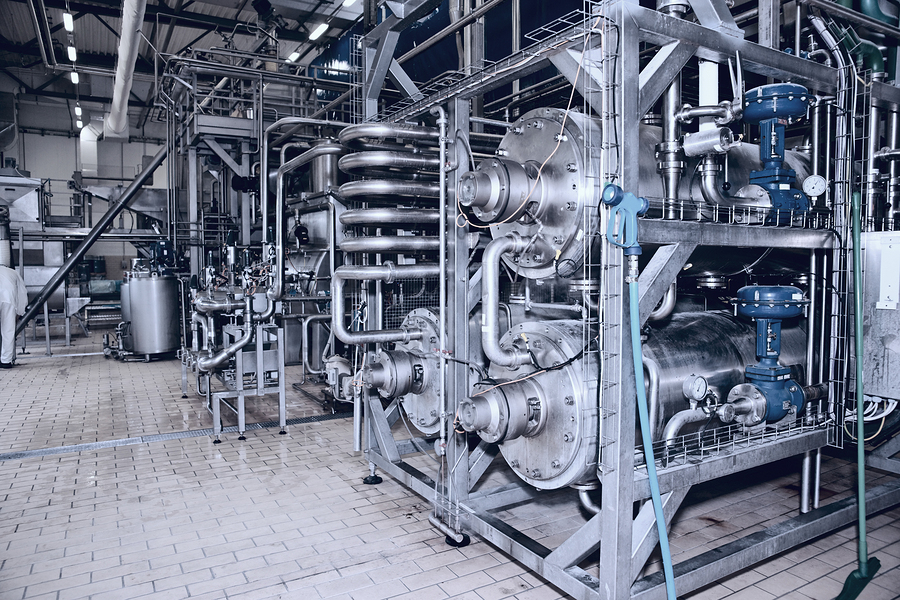
Every food processing professional understands that clean facilities are critical to food safety. They’re also critical to the safety, health, and morale of everyone who works in your plant.
The Occupational Safety and Health Administration (OSHA) issues general “housekeeping” guidelines for every workplace. What do those look like for food production?
Clean, dry floors
Clean, dry floors are a priority in every workspace. Whether planning a new facility or considering renovations, make sure your floor is made of material appropriate to your plant’s needs. If your production involves wet processes, install proper drainage, and provide mats or elevated platforms for safe standing.
Clear walkways
Slips, trips, and falls are a leading cause of nonfatal workplace injuries. Make sure walkways and passageways are clear and navigable. Mark passageways with clear signage, and install mirrors to eliminate blind spots. Watch for trouble spots in your floors caused by uneven joints, torn carpeting, protruding nails, or loose boards.
Effective sanitation
Food processing facilities have to be especially careful about spreading pathogens, both to workers and to food. The right vacuum filtration system will remove contaminants and keep them trapped, rather than releasing them back into the air. Know and use basic agents of sanitation on all your navigable surfaces.
Safe storage
Make sure clutter doesn’t encroach on your workspaces. Items left in passageways or workspaces can endanger traffic flow and present ergonomics issues and injuries. Ensure your routes and workspaces stay clear by providing proper storage and organization. If that storage is overhead, make sure there’s no risk of falling objects injuring anyone below.
Fire awareness
Fire hazards in food processing arise primarily from flammable fluid leaks or dust accumulation. Hydraulic fluids used in food processing equipment must now be USDA-approved. This visual guide to fire prevention through housekeeping reviews NFPA codes and standards for food industry fire prevention. OSHA also publishes a poster that lists the many types of food-related combustible dust.
Covers and guardrails
If your operations utilize any open tanks or vats, make sure they’re properly covered and protected. Guardrails must protect all exposed sides of stairway floor openings and elevated walkways. Place adequate toeboards, screens, and removable or fixed standard railings around all ladderways, hatchways, and chute floor openings.
A culture of clean
Of course, your best housekeeping success depends on employees’ shared efforts, and that requires a culture around cleaning. Housekeeping can’t be a one-time thing, so put plans in writing and engage buy-in by providing training and proper tools. Encourage everyone to report spills and other safety incidents. Workplace cleanliness isn’t just safer. It improves health, productivity, and job satisfaction.
Ultimately, your attention to housekeeping sends a message to employees that you care about their safety and well-being in the workplace. In an age of heightened food safety awareness, it’s just as important to be aware of the safety of those producing the food.




![[Guide] Navigating Success: Overcoming Challenges in the Food and Beverage Industry](https://foodindustryexecutive.com/wp-content/uploads/2024/10/SpecPage_Navigating-Success_Image-218x150.jpg)


